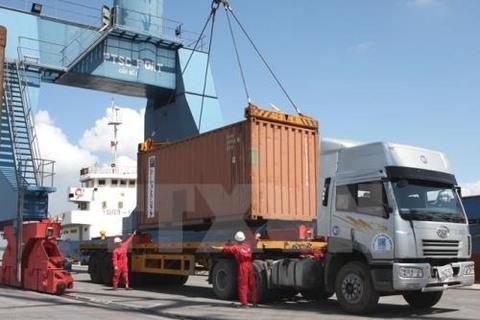Vietnam’s tourism sector brought to tipping point: WB
Vietnam’s tourism sector brought to tipping point: WB
The rapid expansion of Vietnam’s tourism sector has brought it to a tipping point in its development, where continued growth, if not well managed, could have adverse economic, environmental and social effects, according to the World Bank (WB).
The WB said in its Special Focus on Vietnam’s Tourism Developments that Vietnam has been experiencing a tourism boom for most of the past decade, establishing itself as one of Southeast Asia’s top tourist destinations.
The country has capitalized on surging global and regional demand, successfully captured market share from its Southeast Asian competitors and over the past three years, achieved record growth in both international and domestic visitor numbers.
More than 15 million foreigners now visit Vietnam a year, compared to only four million a decade ago, alongside roughly 80 million domestic traveler trips, which have similarly quadrupled in number over the past 10 years.
Spending by these visitors has translated into rising employment and incomes for workers and firms in Vietnam’s tourism sector, including for relatively poorer localities and segments of the population.
By 2017, tourism directly accounted for 8% of Vietnam’s gross domestic product, with additional contributions through indirect multiplier effects, and was the country’s single largest services export.
Due to its tendency to employ high numbers of low-skilled, rural and youth workers, tourism has also had high pass-through effects on poverty reduction in Vietnam. In the process, it also appears to have helped the redistribution of income from richer to poorer localities in Vietnam.
As such, the sector’s continued growth is viewed by the Government as a strategic priority and an important contributor to Vietnam’s socioeconomic development.
According to the WB, rapid visitor growth has been achieved, in large part, through a shift to a lower-spending visitor mix, a continued emphasis on mass market tourism products and increased concentrations of visitors into already-crowded and popular local destinations.
This has exposed Vietnam’s vulnerabilities in terms of infrastructure capacity, tourism human resources and environmental sustainability, the world lender warned.
If left unchecked, this profile of tourism growth risks diminishing its economic impact, degrading natural and cultural tourism assets and eroding local community support for tourism amidst perceptions that the benefits do not sufficiently exceed the costs.
To ensure the long-term sustainability of the sector, strategic choices need to be made regarding the preferred pace, composition and geographic balance of its future growth, and these choices must be supported by decisive policy measures and investments in several areas.
The WB recommended some priorities, such as enhancing the coordination of destination planning and product development, diversifying tourism products and visitor source markets, developing tourism workforce skills, strengthening local tourism value chain links, improving visitor flow management, boosting destination infrastructure capacity and quality and protecting environmental and cultural assets.
Adopting these measures will require coordinated efforts by a wide range of public and private stakeholders, reflecting the transversal nature of the tourism sector and the wide variety and geographic dispersal of Vietnam’s tourism destinations, according to the bank.





















